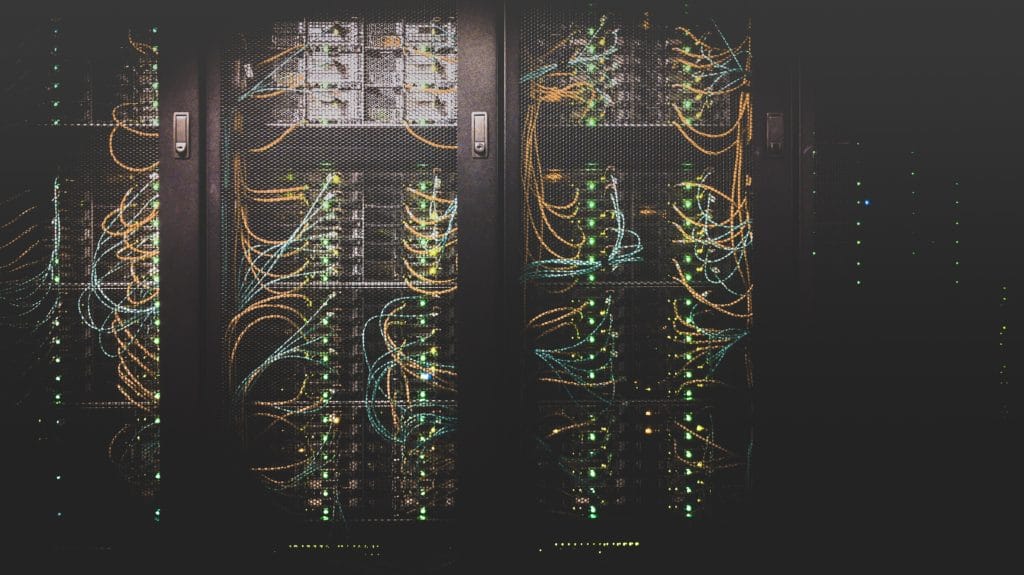Hyperscale Data Center
Cloud computing has changed how data centers operate. In the early days, these centers worked on simplistic networking infrastructure and relied on separate racks. Moreover, these processing centers were operated through distinct management tools and targeted staff to make their functions possible. This setup was successful in those days because the applications used only local resources to run separately. Nowadays, businesses are dependent on the internet and rely on it heavily for their minute-to-minute operations.
Consequently, data centers have to leverage applications that work simultaneously with web and cloud services. For this reason, organizations started to realize the importance of hyper scale data centers. Hyperscale computing is a scalable architecture that expands and contracts, according to the current needs of a business. Unhindered scalability is an important component of this system. Therefore, it needs to have robust networking, processing, and storage capabilities.
What is a Hyperscale Data Center?
Hyperscale data centers enable these functionalities for an organization that needs seamless scalability. To make a hyperscale data center operate efficiently, it must meet the requirements below:
- The infrastructure and distributed systems within the data center should be able to support its operations.
- The data center should provide on-demand scalability for computing tasks and maintain performance according to the requirement of the organization.
- Last but not least, the data center should have appropriate revenue to make sure that it performs all expected tasks.
Unlike a traditional data center architecture, hyperscale data centers have hundreds of thousands of individual servers. A high-speed network enables these servers to work together for maximizing performance.

How Do They Scale?
Scalability is a major component of advanced data centers. They use two methods to scale their operations. The first method is horizontal scaling, which is also known as scaling out. In this method, the data center increases the number of machines working together in the network. On the other hand, vertical scaling, or scaling up, includes additional processing power to the machines running in the data center already.
Both of these methods are necessary to make sure that the data center meets the expectations of its users. Ultimately, it has to improve the uptime for organizations and optimize load times for end-users. These data centers are useful in carrying out tasks that require high-volume and substantial processing power. For instance, they play an instrumental role in enabling 3D rendering; resolving cryptographic codes, and processing genome for critical disease-discovery.
Of course, due to the large scale of operations, hyperscale data centers cannot afford any interruption caused by power outages. These systems require fault-free UPS designs to enable the uninterrupted flow of business. If you need an efficient UPS system design, feel free to contact us.
Contact Odyssey Power today to discuss your system requirements. We are here to answer all your questions.